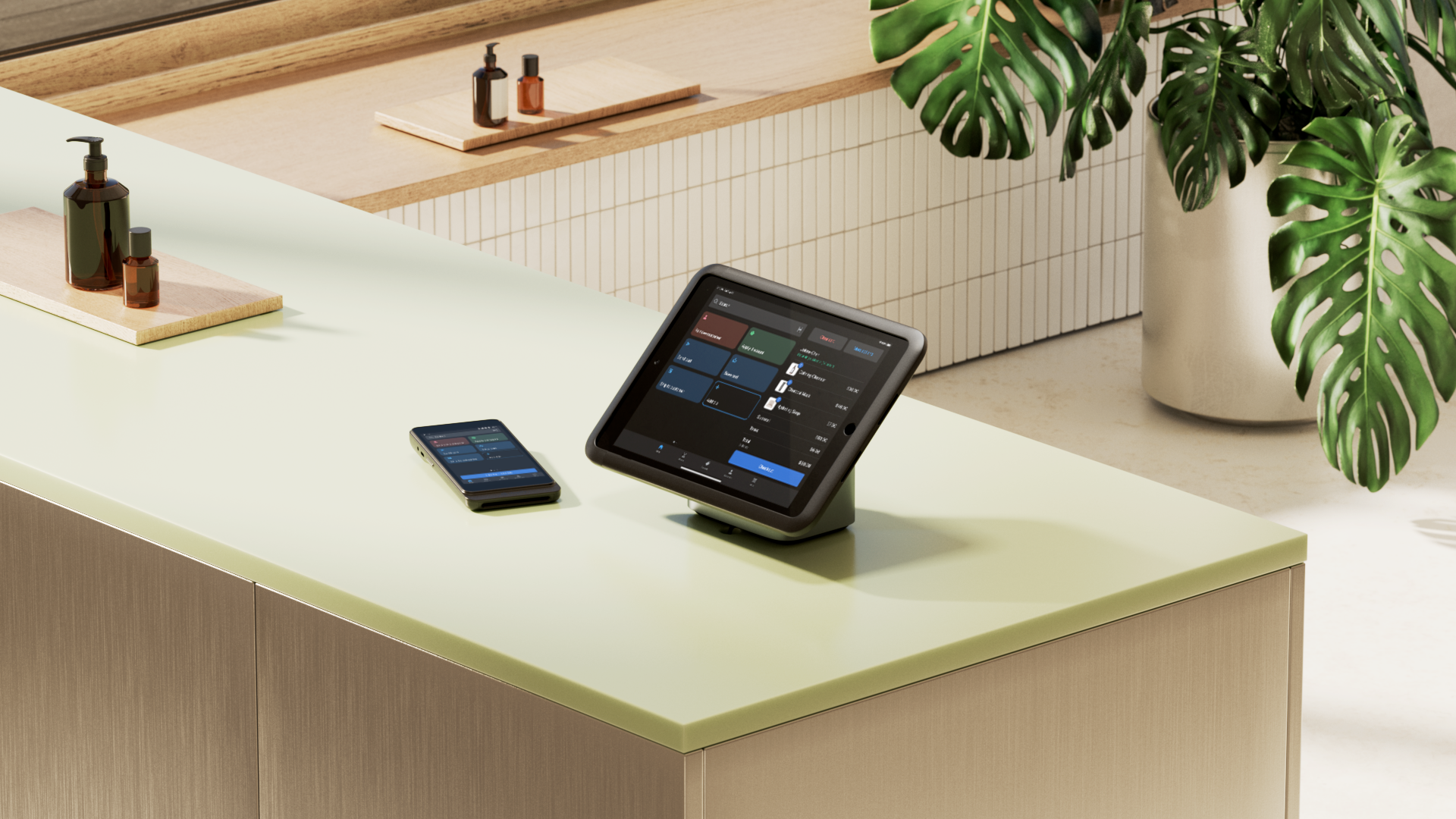Sales is a core business function. Whether you sell software-as-a-service (SaaS) products, pedicures, or mittens, your business success depends on your ability to connect with target audiences and convince them to convert. Sales is, and has always been, a core business function.
Unlike some aspects of business, sales processes are highly sensitive to external changes. Maybe you can wait to update an outdated bookkeeping system until the time is right for your business, but you urgently need to update your lead-nurturing strategy in response to changes in where your customers spend time online. Failing to adjust your sales efforts based on where your customers are—and how they want to hear from you—can threaten your position in the marketplace.
With that in mind, learn some of the most relevant sales statistics to have on hand in your entrepreneurial journey.
51 sales statistics entrepreneurs should know
- Sales revenue statistics
- Ecommerce sales statistics
- Sales channel statistics
- Sales call statistics
- Buyer’s journey statistics
- Sales process statistics
- Sales strategy statistics
- Sales technology and AI statistics
Sales touches every corner of a business—from big-picture strategy to day-to-day revenue. Knowing the latest sales statistics can help you benchmark your performance, spot opportunities, and see how your numbers stack up against national and global trends. Whether you’re a new sales rep or running an ecommerce company, you can use these as a foundation for exploring what makes sales happen:
Sales revenue statistics
1. Analysts expect global retail sales to reach $32.8 trillion by the end of 2026.
2. US total retail sales reached $7.26 trillion in 2024, which is roughly a $250 million increase over the previous year.
3. A 2023 survey of 1,400 sales professionals found an average sales win rate of 21%.
4. According to a March 2024 survey, 79% of sales leaders reported revenue growth in the past year.
5. Existing customers are responsible for 72% of a company's revenues, while new customers contribute just 28%.
Ecommerce sales statistics
6. Grandview Research predicts we’ll see US ecommerce revenue growth at a compound annual growth rate (CAGR) of nearly 19% from 2024 to 2030, estimating that the market will reach a value of just under $26 trillion by 2030.
7. According to McKinsey & Company, 41% of B2B sales leaders say that ecommerce is their most effective sales channel.
8. The International Trade Administration (ITA) expects the global B2C ecommerce market to reach a value of $5.5 trillion by 2027.
9. As of 2024, consumer electronics is the largest B2C ecommerce segment, followed by fashion, furniture, toys, and hobbies.
10. A 2024 survey from McKinsey & Company found that ecommerce is responsible for more than a third of B2B sales revenue.
Sales channel statistics
11. As of 2024, sales reps name in-person meetings, phone calls, emails, and social selling as their most effective sales channels.
12. In a survey of B2B professionals, 75% of sales representatives say that multichannel sales prospecting improves results.
13. A 2022 LinkedIn survey found that 40% of sales reps report closing deals of more than $500,000 remotely.
14. Experts expect social commerce revenues to top $1 trillion by 2028.
15. Sales reps who lead in social selling generate 45% more sales opportunities than reps with limited social media presence.
16. According to LinkedIn, 66% of B2B buyers want to be contacted by sales teams through email before setting up an initial meeting, making it the most popular outreach method.
17. According to 2025 research, 46% of consumers say they open brand emails because they expect relevant content from the brand, and 43% say they open them because of engaging subject lines.
18. An email subject line with fewer than 70 characters generates higher open rates than others.
19. In 2024, sales teams identified social media platforms as their top source of high-quality leads, followed by referrals from existing customers and email marketing.
Sales call statistics
20. Only 46% of sales reps reported making cold calls in 2022, while 88% reported making warm calls.
21. The average success rate of cold calls in 2025 is 2.3%, a significant decrease from the past year’s rate of 4.82%.
22. Cold calling is the least popular sales outreach method, preferred by only 21% of buyers.
23. Wednesday and Thursday are the best days to make cold B2B sales calls.
24. B2B cold call response times are shortest between 10 a.m. and 2 p.m.
25. It takes eight sales calls (on average) to reach a potential customer when cold-calling.
Buyer's journey statistics
26. 96% of sales prospects do research before talking to a sales representative.
27. 60% of buyers refuse a new sales rep four times before completing a purchase.
28. 50% of buyers go to the vendor that responds first, and research shows that prompt sales follow-ups boost engagement: Sales prospects are 11 times as likely to respond when a sales rep follows up within five minutes.
29. 71% of prospects prefer doing their own research during the buying process instead of speaking to a human sales representative.
30. 45% of B2B sales professionals report that their top challenge is generating enough leads.
Sales process statistics
31. Sales reps spend less than a third of their time selling actively.
32. 76% of top-performing sales reps report that they always perform research before reaching out to potential customers, compared to just 47% of lower-performing sellers.
33. 82% of sales reps feel that building customer relationships is the most important part of the sales process, and the same percentage say that it is the most enjoyable part of their job.
34. 28% of sales reps say that long sales cycles are the biggest cause of failed sales.
35. High-performing sales reps spend less time selling than the average sales rep. A 2022 survey found that reps who exceed sales quota by at least 150% spend 10% less time actively selling and more time on other parts of the sales cycle, like updating customer relationship management (CRM) systems.
36. Sales leaders also spend more time engaging with sales enablement technology: Research shows that 80% of leading sales agents use sales technology at least once a week.
37. 54% of executives say that they’re focused on improving sales productivity in 2024, making this the most popular response among surveyed leaders.
Sales strategy statistics
38. In late Q4 2024, 57% of CSOs named account retention and growth as a major priority.
39. In March of 2024, 82% of sales professionals expressed confidence in their company's growth strategy.
40. In March of 2024, 78% of sales professionals said they felt either somewhat or completely confident in their ability to close deals under current economic conditions.
41. Less than a third of sales reps describe their company’s sales and marketing teams as strongly aligned.
42. According to Salesforce, 43% of sales reps say that they need higher-quality leads from their marketing teams.
43. Research shows that effective lead-nurturing strategies (like multichannel outreach tailored to buyer personas) can reduce cost-per-lead by a third and increase the volume of sales-qualified leads (SQLs) generated by 50%.
44. Nearly a quarter of high-performing sales teams say that building trust between reps is an important part of their sales team culture. Only 13% of low-performing teams say the same.
Sales technology and AI in sales statistics
45. According to a survey of more than 400 sales professionals, 72% of respondents say that sales enablement technology improves performance.
46. According to Salesforce, 81% of sales teams are already using artificial intelligence (AI).
47. A 2024 survey found that 37% of businesses using generative AI have reduced sales and marketing costs by at least 10% over the past year.
48. Insufficient sales training and limited budget are the two most commonly cited barriers to AI adoption, with 33% of survey respondents reporting facing these issues.
49. The global sales training software market was valued at just under 2.7 billion in 2024 and is expected to grow at a CAGR of 15.1% from 2025 to 2030.
50. According to HubSpot, 63% of reps say that using AI makes them more competitive in their industries.
51. According to HubSpot, 81% of sales reps say that AI helps them save time on manual tasks, 78% say that it makes them more efficient, and 66% say that it helps them understand customers and personalize customer interactions.
Sales statistics FAQ
How are small businesses making sales?
As of 2024, 85% of small businesses sell products through an online store. Research also shows that small businesses are increasingly prioritizing social media selling and influencer marketing.
Which industries are growing?
According to a Q4 2024 report from McKinsey, ecommerce, consumer internet services, software, consumer electronics, and media and entertainment are industries with particularly high growth potential.
How are businesses selling online?
According to Statista, Shopify is the most popular ecommerce platform in the US. As of 2025, 30% of ecommerce businesses sell through the Shopify platform.







